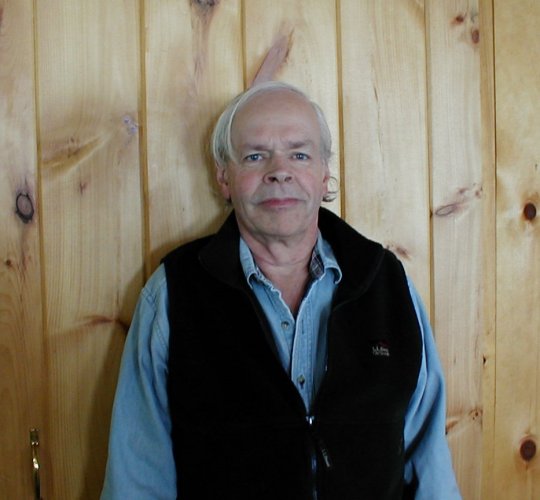Most regular readers of this blog are aware that as a retirement business we at Between the Lakes Group have been engaged in finding and republishing history (mainly of the northeastern states of the US, but sometimes elsewhere as well) for over a decade now. When you're engaged in a pursuit, you find that a lot of what you think about is related to the pursuit at hand. Thus, it occurred to us that we would not be out of line if we occasionally commented on the process of selecting the things that we publish, and perhaps even about the process.
So, this post is the first of what will likely become a series on items we've just published. It could even be an easy way to stay on top of what we're working on.
We were fortunate a while ago to happen on an eBay listing for a three volume set that comprised this report about charity in New York State in 1906 (the title of which is actually "Annual Report of the State Board of Charities for the Year 1906"). It was certainly an unusual item; so much so that the seller actually contacted us after the auction to ask what would motivate someone to actually buy such a thing and pay the shipping for it.
When we told them that we felt that this would be a great primary source for those interested in local history and for those who might want to see for themselves just what life was actually like a hundred years ago if you happened to be among society’s unfortunates and lived in New York State. We allowed that given the political attention today’s “safety net” was getting, we thought that there might actually turn out to be quite a bit of interest in the information in these three volumes.
The question was how to make it available, of course. We’re a firm that publishes electronically, so reprinting those volumes was not an option. How to organize the material was, however. It occurred to us that possibly the eBay seller was flummoxed about who would want to buy something like this was that, in its three volume format, this is pretty close to impenetrable. For example, volume III (this material is from volume II) is almost entirely tables of statistics. You’ve got to be more than an ordinary policy wonk to find that worth a second look. Volume I – the “report” per se – is a real mixed bag, with much duplication of material on some of the state facilities discussed in this volume, yet also some that is not found here. Volume I also has a series of transcripts of discussions and papers appended dealing with specific issues that were of particular interest to the Commission at that time.
We decided, since we tend to organize our publications by county, that we would stick to that methodology here, providing a certain amount of information at a state-wide level, but certainly not all that the three volumes include. We recognized from the start that we would be overlooking material in volumes I and III that referenced facilities in the counties, but one must start somewhere.
Accordingly, our plan is to re-publish volume II in county by county segments, and to precede those publications with the summary of state facilities that begins the volume (that is this paper).
We hope that those interested in local history will find this series interesting, and we are confident that very few counties have these reports available to them anymore. Thus, we think that any county historian or local historian will find it of interest. We expect that people working on the genealogy of people who were involved in charitable administration in New York State in 1906 will find this of interest simply because it contains many names of persons in various administrative capacities. Further, although names of inmates of the facilities are not listed, we think that anyone who learns that a genealogical subject was at one time an inmate of a particular institution will want to find out a bit more about where the ancestor or other relative lived and what conditions were like there.
Finally, as mentioned earlier, with the level of political discourse about the “safety net” we now have, that we ought to have, and at some point in the past we actually had, we think that knowing what this portion of the safety net consisted of back in 1906 will be instructive, if not surprising, to most people.
As we like to think that everyone knows, but it also feels like we need to say, we are in the process of publishing more historical information about New York State (and other locales) from a variety of sources, all old, out of copyright, out of print, and much of it very scarce and difficult to locate. We invite you to examine both our material available for download (like this article) and our CD-ROMs – your purchases of which make it possible to continue to collect and republish this material for you.
A full catalog of our offerings can be found at our main website, http://www.betweenthelakes.com. We invite you to visit us there.
Things Change over time
11 years ago



